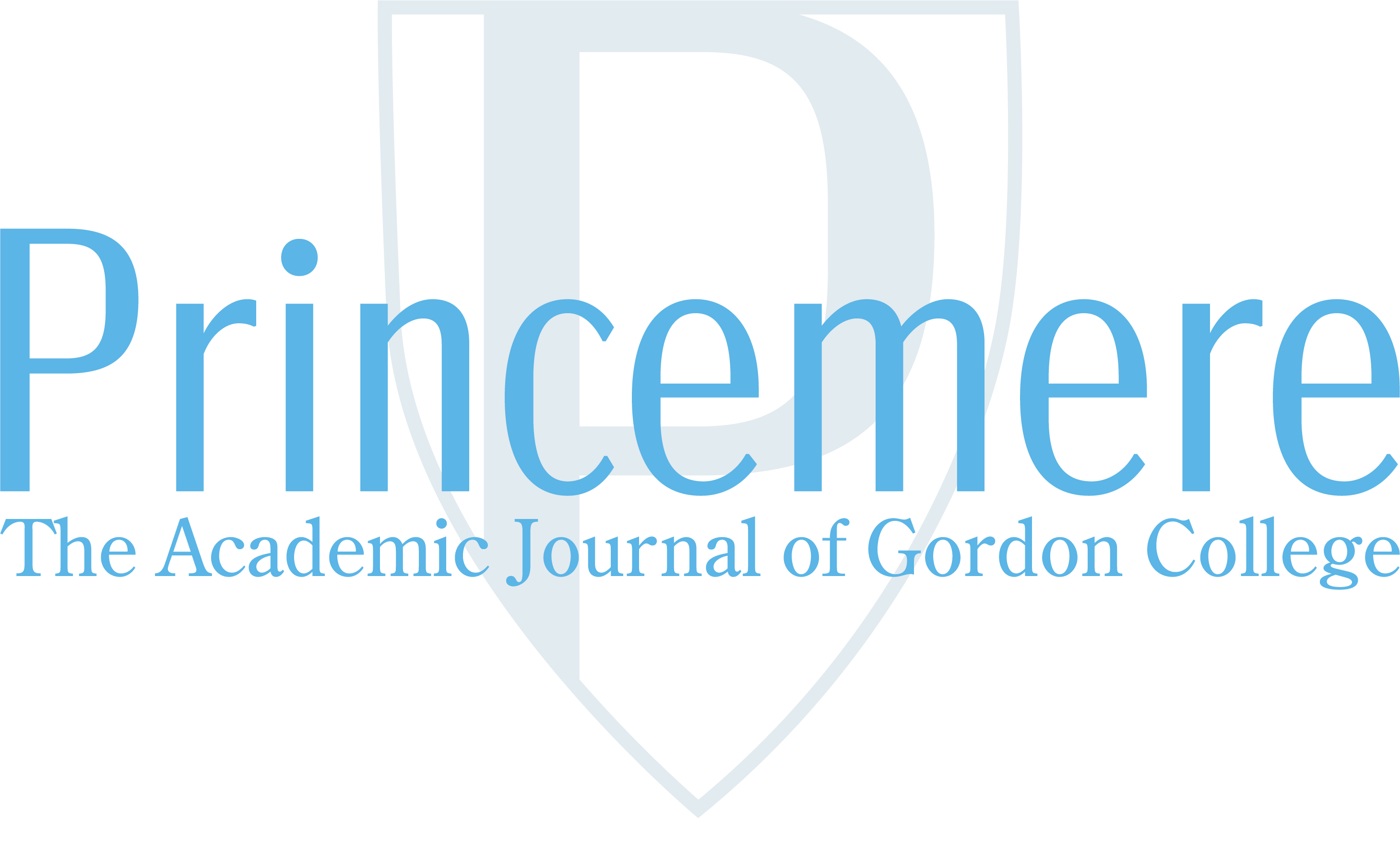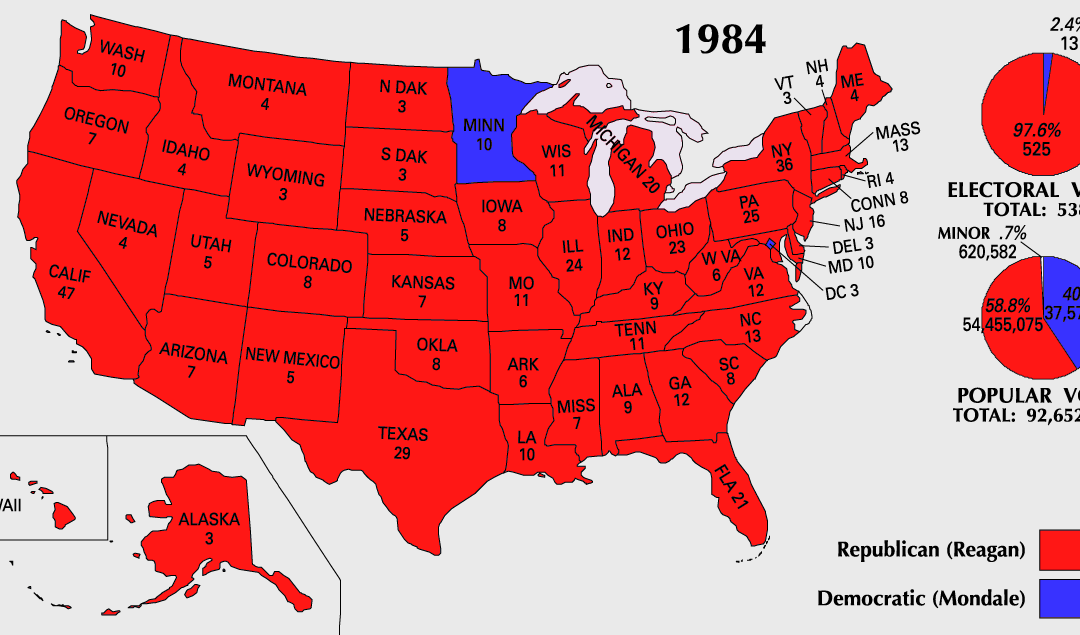Hundreds of articles and op-eds open with the statement, “Every four years…”. The presidential election of the United States is a grand public event unceasingly circulating in the minds of every American. Is this current presidential election system how the founders expected the Electoral College to settle? Many Americans are unaware of how the current arrangement of electing a President actually functions. Even more are unaware of the changes the electoral system endured in the early 19th century. Exploring the history of the American Electoral College lessens common confusion and promotes political awareness.
Understanding the Electoral College system is a daunting task and requires both current and historical context. In summary, states are allotted a number of electors based on the decennial census. During the primary election, a popular vote, unique to each state, determines the candidate of the elector’s vote. Excluding Maine and Nebraska, the candidate takes the entirety of available votes from the state he or she wins. The candidate receiving more than half of votes is inaugurated in late January. In the case of a tie or failure to receive an absolute majority, the House of Representatives decides the vote. When attempting to understand the Electoral College of today, one must consider the changes and alterations to the system. This basic and familiar structure composed by American founders existed since the ratification debates. However, today it looks considerably different. To fully understand the electoral system of today, one must examine both the creation and evolution of the Electoral College. (Madison 1788)
During the ratification debates, one of the most hotly contested topics surrounded the presidential election system and the formation of the Electoral College. The founders debated term limits and eligibility for reelection, if allowed at all. Some favored the idea of the legislature voting on the president. Others favored a direct vote, what is now called a popular vote. Still
others sought for a gubernatorial vote in which governors voted for the President. Eventually, the debates concluded that the electoral method, with votes based off the bicameral legislature, left the least amount of potential for corruption and the greatest amount of representation without overpowering a minority. (United States House of Representatives, n.d.) The founders also wished to defend the votes of those in small and large states, rural and urban. This revolutionary system provided protection to the minority and the simultaneous representation of all. (Hamilton et al. [1788] 2005, 410,413) While this system sounds familiar, according to the original system the candidate that gathers the majority of votes becomes President while the candidate with the second greatest number of votes becomes vice President.
After George Washington stepped down from office, the United States participated in the first federal election. The result from the election of 1796 emerged among unexpected and unforeseen circumstances. The original wishes of George Washington and other founding fathers was to avoid political parties competing for dominance. However, the election of 1796 resulted in the election of John Adams, a Federalist, to the presidency and Thomas Jefferson, a Democratic-Republican, to the vice presidency. The original system did not directly account for a two-party system. When one emerged, two opposing parties occupied the two highest offices in the United States. While the founders sought after a system that prioritized competency rather than party, politicians strayed from this aspiration. (Pasley 2014)
The election of 1796 resulted in John Adams winning by a mere three electoral votes. In this election of the executive offices, a president and vice president did not run on the same ticket as a package. The person with the greatest number of votes was deemed most competent for the presidency, the highest elected office in the United States. The person with the second greatest number of votes was elected to the second greatest office. This system encouraged collaboration, prevented parties, and allowed for checked power. This Electoral College also invited more than two front runners resulting in a wide distribution of electoral votes and a higher likelihood of a presidential and vice-Presidential election decided in Congress. As a result of this system coupled with rivaling parties, Thomas Jefferson, a political rival, occupied the second highest office in the land. (Pasley 2014) While this system seems preferable, it led to embarrassing and unforeseen results. Four years later, after the botched election of 1800, the Jefferson administration changed the very nature of the Electoral College and the executive branch.
In the election of 1800, the Democratic Republicans chose Jefferson with Burr as his running mate while the Federalists chose Adams and Pickney. Thomas Jefferson and Arron Burr each overwhelmed the incumbent, John Adams, by eight electoral votes. (U.S. Senate. 3/4/1789-1801) However, the Electoral College ballots did not differentiate between the vote for president
and vice president between Jefferson and Burr. In ballot terms, they tied. (2019) Originally, each elector cast two ballots in favor of a candidate and his running mate, not one ticket. (U.S. Senate. 3/4/1789- 1801) One designated elector would throw away his vote, voting for someone outside the party. This would allot a majority of votes in the presidential candidate’s favor with his running mate coming in second. However, in this election, the Democratic Republican elector assigned to throwing a vote neglected to do so. (The Center for Legislative Archives 2016)
Therefore, both candidates won 73 electoral votes, sending the task of choosing president to the Federalist controlled House of Representatives. On February 11, 1801, representatives from each state in the House began the voting process. Six days and over thirty recounts later, at the influence of Alexander Hamilton, James A Bayard, a Federalist Representative from
Delaware, cast a blank vote breaking the deadlock and tipping the balance towards Jefferson. (2015) This election exposed the underlying problems and concerns with the Electoral College. The founders had not anticipated, or perhaps purposely did not accommodate for, the political parties. (The Center for Legislative Archives 2016) Wanting to make sure an embarrassing moment such as the election of 1800 never occurred again, Congress, at the influence of Jefferson, passed an amendment forever altering the executive branch.
Ratified on June 15th, 1804, the Twelfth Amendment superseded a paragraph in Article II Section I of the Constitution forever transforming the foundation of the executive branch. (Madison 1788) The Electors’ votes for president and vice president were made distinguishable.
While this change seems subtle, it cemented a two-party system, unified the executive branch under the presidency, and directed more control to the people.
Under the influence of Thomas Jefferson, the Presidency shifted to a representative office.
This amendment resulted in three main accomplishments. The amendment shifted the presidency towards political competition, required political action, and unified the executive branch under one party. Instead of electors devoting their ballot to an individual, presidential and vice-presidential candidates now ran on a single ticket. This change inevitably led to party competition and national support behind two or three major parties instead of five or more candidates. If there were five or more candidates for president, the Electoral College would struggle to lend a majority of votes in one direction thus sending the process to the House. The election of 1800, tossed to a contested race in the House, embarrassed the nation. This
amendment avoided this problem, directed more power into the hands of the people, and lessened the chances of a race ending in the house. (Hawley 2014)
The Twelfth Amendment also created a democratic incentive for the President to act on political promises and agendas. In 1800, only five states voted by popular vote. By 1816, half of the states opted for the popular vote and all except one adopted the practice in 1826. This decision across the majority of states linked the President to the people. The President was no longer just a figure head of a united nation but also a representative for a faction of voters. While Washington and Adams did not heavily involve themselves in partisan policy decisions or political matters, Jefferson spoke directly in favor of one agenda over another. Washington and Adams selected politically divergent but competent and qualified cabinet members. Jefferson
added another criterion- political allegiance. The elections after 1800 garnered increasing support and observers turning the election into a public event judged by the people. Now when a President was elected, they must deliver on spoken promises and agendas. The election transformed from a decision based on competency to a referendum on the state of the union and
the current presidency. (Hawley 2014)
Finally, the Twelfth Amendment unified the executive branch. Two elected offices consolidated under one. The vice presidency was reduced to a seat selected by the president, not the people. A vice president became a certain congruent political leader to the President. Under each administration, a new agenda entered the office along with a concurring new cabinet. Diversity of thought and high competency were no longer the only criteria for a position. The executive branch was now a branch selected based off not only aptitude but also political affiliations and agendas. (Hawley 2014)
While the Twelfth Amendment superseded sections in the Constitution that protected the executive branch, Congress deemed the modification necessary. The amendment solidified a two-party state but also protected the integrity of American elections. Today, the Twelfth Amendment is all but forgotten. Understanding this amendment generates a new appreciation for the electoral system and for those who established it. The system is in no way perfect. However, it is unique to the American experiment and discussion surrounding the topic should be well-informed. While the Electoral College of today does not exactly mirror the original draft, the Constitution adapts and evolves. Today, one must continue to utilize this document, within historical and current context, in order to form a more perfect union.

Vannah Gibble

